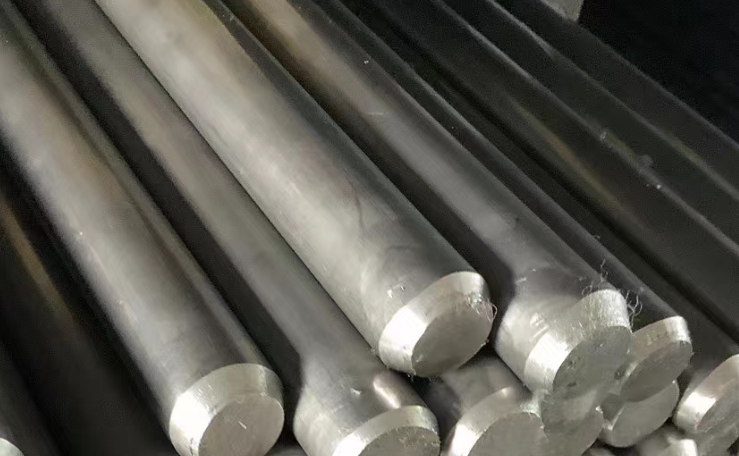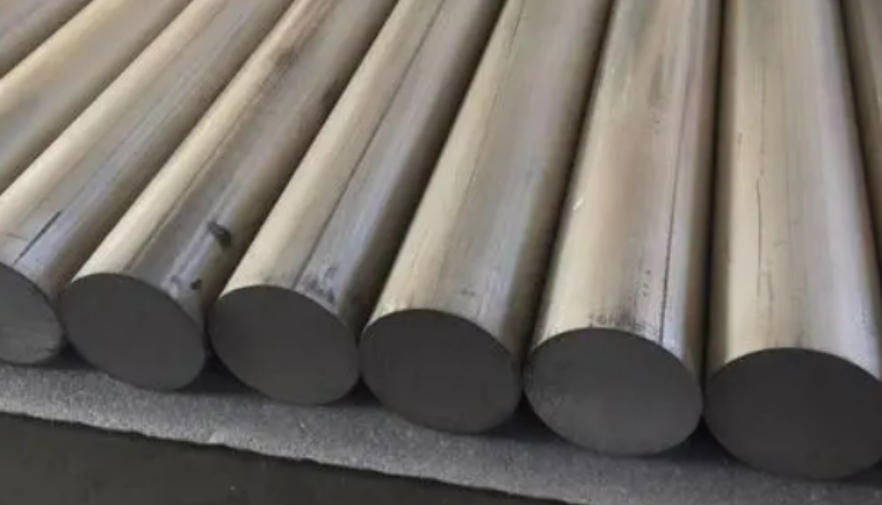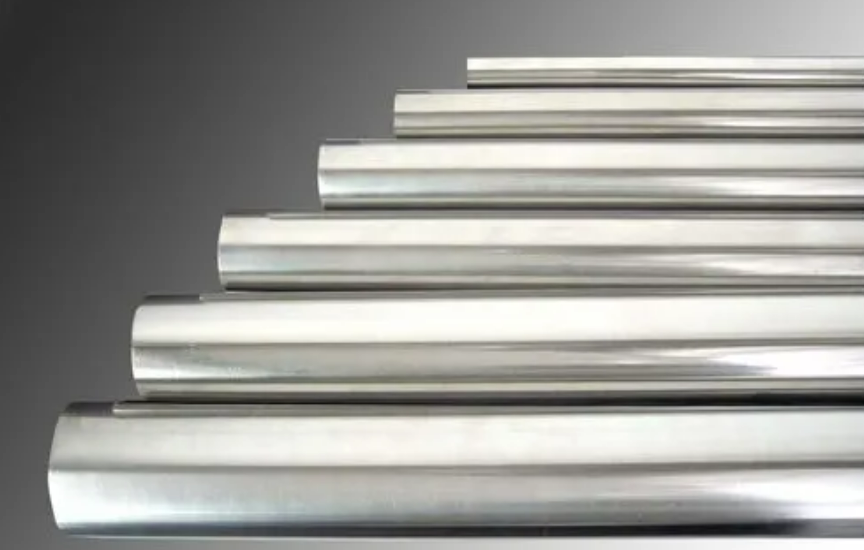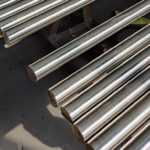Tool steels are a crucial class of materials that play a vital role in various manufacturing and industrial applications. As a seasoned expert in metal materials from Huaxia Steel, I’ve had the privilege to work with numerous tool steel grades, each possessing unique properties that cater to specific industrial needs. In this article, I’ll delve into 5 most common tool steel grades and their respective applications.

5 Most Common Tool Steel Grades with Applications
1. AISI H13 (1.2344):
H13, also known as 1.2344 in DIN standards, is a hot-work tool steel that is renowned for its exceptional thermal fatigue resistance and hot hardness. It is widely used in applications involving high temperatures, such as die casting, hot forging, and extrusion dies. The combination of high toughness and good hot hardness ensures that H13 tools can maintain their shape and performance under extreme conditions.
2. AISI D2 (1.2379):
D2, or 1.2379 in DIN, is a high-carbon, high-chromium tool steel that is air-hardening. It is prized for its excellent wear resistance and toughness, making it a popular choice for applications requiring long-lasting precision tools. D2 is commonly used in punches, dies, and other metalworking tools where durability and wear resistance are paramount.
3. AISI A2 (1.2363):
A2, also referred to as 1.2363 in DIN, is an air-hardening tool steel that offers a balance between wear resistance and toughness. It is a versatile material that is suitable for a wide range of applications, including punches, dies, and blanking tools. A2’s good machinability and grindability allow for precise tool geometries, making it a favorite among toolmakers.
4. AISI S7 (1.2355):
S7, or 1.2355 in DIN, is a shock-resistant tool steel that is noted for its excellent toughness and ductility. It is specifically designed for applications that involve heavy impact loads, such as punches, chisels, and shear blades. S7’s ability to withstand sudden impacts without fracturing makes it a reliable choice for demanding applications.
5. AISI O1 (1.2510):
O1, also known as 1.2510 in DIN, is an oil-hardening tool steel that offers good wear resistance and toughness. It is commonly used in applications requiring precision cutting and forming, such as in cutting tools, gauges, and dies. O1’s machinability and grindability allow for the creation of complex tool geometries with tight tolerances.
Applications Overview:
- Die Casting and Forging Dies: H13 is a natural choice for dies in die casting and hot forging applications due to its exceptional thermal fatigue resistance and hot hardness.
- Metalworking Tools: D2 and A2 are widely used in punches, dies, and other metalworking tools where wear resistance and toughness are critical.
- Heavy Impact Tools: S7 is ideal for punches, chisels, and shear blades that are subjected to heavy impact loads due to its exceptional toughness and ductility.
- Precision Tools: O1’s good wear resistance and machinability make it a suitable material for precision cutting and forming tools, such as gauges and dies.
When selecting a tool steel grade, it is essential to consider the specific requirements of the application. The material’s hardness, wear resistance, toughness, machinability, and cost should all be taken into account to ensure the best possible performance and cost-effectiveness.
Conclusion
In conclusion, the tool steel grades mentioned in this article are some of the most common and widely used in various industrial applications. Their unique properties and capabilities make them suitable for a wide range of demanding tasks.
Thank you for reading our article and we hope it can help you to have a better understanding of the 5 most common tool steel grades and their respective applications. If you are looking for tool steel suppliers and manufacturers online now, we would advise you to visit Huaxia Steel.
As a leading supplier of tool steel from Shanghai China, Huaxia Steel offers customers high-quality carbon steel, tool steel, and alloy steel products at a very competitive price.







